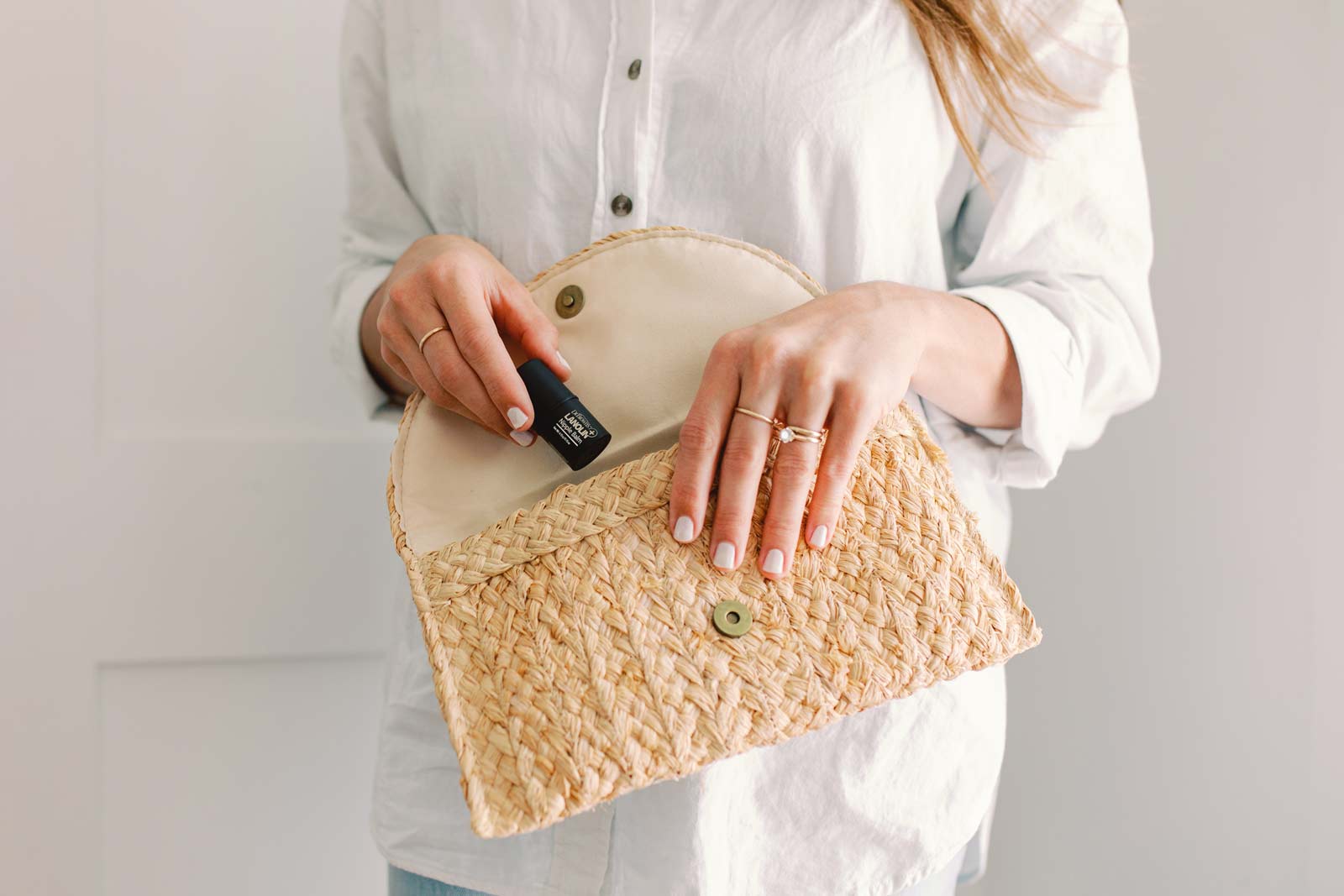Lanolin: Your Breastfeeding Nipples' New Best Friend
Why Lanolin?
Lanolin has been used for centuries dating back to ancient Greece for all manner of skincare.1 It has become particularly popular for soothing nipples that are cracked and sore from breastfeeding because of its proven efficacy and benefits for our skin:
- Intense Moisture: Lanolin's molecular structure closely resembles the oils produced by human skin, making it an exceptional moisturizer.2 Lanolin is considered an "occlusive" type of moisturizer. Occlusives are generally thicker and waxy in nature compared to other types of moisturizers, and it creates a hydrating barrier to effectively lock in moisture and prevent dryness.3
- Protects Skin: Lanolin forms a protective barrier on the skin's surface, shielding it from external irritants and creating an environment to help the skin's natural regeneration process for healing.3 This makes it a popular choice for treating skin conditions like eczema, psoriasis, dermatitis, and of course, nipple pain from breastfeeding.
- Sustainable and Cruelty-Free: Lanolin comes from a sustainable resource, sheep! While it is an animal product, lanolin is collected during the shearing process which causes them no harm. In fact, sheep need to be sheared regularly for their own comfort and wellbeing. The lanolin is collected from the sheared wool and purified for use, when it would otherwise be thrown away.
- Versatility: Lanolin's versatility makes it a staple for skin and haircare products to this day, and can be found in a multitude of creams, lotions, balms, lip care products, and more. It can even be used for lubrication, polishing, and waterproofing certain items.
- Exceptional for Nipple Care: Lanolin serves as a key ingredient in nipple creams and balms for nursing mothers, providing relief from soreness and irritation from breastfeeding. Not only is it an exceptional moisturizer, but allergies to lanolin are rare and it is considered safe for babies. For instance, with Dr. Brown's Lanolin+ Nipple Balm, you don't even need to clean or wipe off your breast before breastfeeding. And if you are breast pumping, using nipple balm to lubricate your nipples and/or flanges can make it more comfortable and help reduce friction.
But What Exactly is Lanolin?
Lanolin is a natural substance produced by a sheep's oil glands, and acts as a protective barrier to keep the sheep's wool soft and moisturized, much like what our own sebum (oil) on our skin does.4 It also helps waterproof a sheep's coat so they can shed water off their wool rather than absorbing it.5 Lanolin is collected from wool after the sheep has been sheared and is then purified resulting in a waxy, moisturizing substance that's a natural solution for dry, irritated skin.2
Why Does Lanolin Stand Out for Nipple Care?
In a skincare market with synthetic ingredients and chemical-laden formulations, lanolin stands out for being 100% natural and having unparalleled moisturizing capabilities. It can be ethically sourced without harming the sheep it's collected from, and it's safe for use on our skin and to ingest in small amounts, so you don't have to worry about your breastfeeding baby getting it in their mouth when they feed. Lanolin is the key ingredient in Dr. Brown's Lanolin+ Nipple Balm, and works with other simple yet powerful skincare ingredients, colloidal oatmeal, plant-based emollient, and beeswax, to soothe and protect sensitive nipples. And unlike other lanolin creams and ointments, it has an ultra-smooth formula that glides on without any stickiness or mess.
Nipple pain from breastfeeding is common and generally no cause for alarm, but nobody wants to deal with that kind of discomfort. Nipple balms are an easy, readily available, and effective solution (that won't break the bank) so you and your baby can continue to breastfeed comfortably.
Sources
- Lee, Baily and Warshaw, Erin. "Lanolin Allergy: History, Epidemiology, Responsible Allergens, and Management." Medscape. 1 April 2008. https://www.medscape.com/viewarticle/574162_3 Accessed 29 February 2024.
- "Lanolin." Science Direct. 2018. https://www.sciencedirect.com/topics/agricultural-and-biological-sciences/lanolin Accessed 29 February 2024.
- Schandra Purnamawati, MD, Niken Indrastuti, Dr, Retno Danarti, Dr, and Tatan Saefudin, MD. "The Role of Moisturizers in Addressing Various Kinds of Dermatitis: A Review." December 2017. https://www.ncbi.nlm.nih.gov/pmc/articles/PMC5849435/ Accessed 26 February 2024.
- Climan, Anastasia, RDN, CD-N. "What is Lanolin?" verywell Health. Updated 1 November 2022. https://www.verywellhealth.com/lanolin-5081303 Accessed 26 February 2024.
- "Lanolin." Wikipedia. Last edited 14 February 2024. https://en.wikipedia.org/wiki/Lanolin Accessed 5 March 2024.


